How much does it cost to resurface a pickleball court – Basic Guide (2024)
How much does it cost to resurface a pickleball court? Let me tell you the average cost of resurfacing a pickleball court is around $3,000 and $5,000 per court. This estimate covers various aspects of the resurfacing process, encompassing tasks like removing existing surfacing, addressing cracks, applying the color coating, and painting lines. However, it’s crucial to acknowledge that this figure is a general guideline, subject to fluctuations based on specific factors.
Elements such as the court’s size, the current surface condition, and the geographical location can significantly impact the final cost. Seeking detailed quotes or assessments from professionals considering these individualized factors would provide a more precise understanding of the expenses involved in rejuvenating a pickleball court. Below attached picture is the pickleball accessories cost, hope it will help you:
How much does it cost to resurface a pickleball court
However, the following factors can make the cost variable, have a look at them:
Below is the pickleball installation cost:
surface material for pickleball courts?
The preferred surface material for pickleball courts often revolves around acrylic or asphalt-based surfaces with specialized coatings.
Material 1: Acrylic Surfaces
Acrylic surfaces stand out as a popular choice due to their durability, consistent playing characteristics, and resilience against weather conditions. When properly textured and coated, these surfaces offer players reliable traction and ball response essential for pickleball gameplay.
Material 2: Acrylic Coatings
When treated and finished with acrylic coatings, it also serves as a viable option for pickleball courts. This combination provides durability and cost-effectiveness and, when adequately textured, can deliver a smooth playing surface, meeting the standards required for pickleball matches.
The choice between these surfaces often hinges on budget, climate considerations, and player preferences. When appropriately treated and finished, acrylic and asphalt-based surfaces offer suitable playing conditions for pickleball. Ultimately, the ideal surface type aligns with the specific needs of players while ensuring durability and performance standards are met.
old pickleball court approaches
Resurfacing is a common and effective method for revitalizing an aging pickleball court, but other options are available. Depending on the court’s condition, alternative approaches might be considered before opting for full resurfacing.
Approach 1: Repair and Patching
Minor damages, cracks, or localized wear and tear can sometimes be addressed through targeted repairs and patching. This approach can help extend the court’s lifespan without necessitating a complete resurfacing.
Approach 2: Overlay or Recoating
Sometimes, an overlay or recoating might suffice to refresh the court’s surface. This involves applying a new layer of coating or surfacing material over the existing one, providing a rejuvenated playing surface without entirely removing the old surface.
Approach 3: Consultation with Professionals
Seeking guidance from court construction professionals or specialists can help assess the extent of the court’s deterioration and explore alternative solutions tailored to the specific issues. They can offer insights into the most cost-effective and viable options to restore the court’s functionality and appearance.
Some Useful Tips to Reconstruct a Pickleball Court
Here are some valuable tips for reconstructing a Pickleball court:
Tip 1: Assessing the Current Condition
Before embarking on reconstruction, conduct a meticulous evaluation of the existing court. Identify any cracks, uneven surfaces, or structural issues that require attention before commencing the reconstruction process.
Tip 2: Strategic Budgeting and Planning
Develop a comprehensive budget that includes all costs associated with materials, labor, equipment, and potential repairs. Craft a detailed plan outlining the reconstruction process, considering timelines and potential challenges to ensure a smooth and efficient execution.
Tip 3: Surface Preparation Excellence
Prepare the court surface thoroughly before reconstruction begins. This involves rigorous cleaning to remove debris and proper filling of cracks. Leveling the surface is crucial to establishing a solid foundation for the reconstruction process.
Tip 4: Selecting Superior Quality Materials
Prioritize top-notch materials explicitly designed for pickleball court construction. Choosing durable and suitable materials is fundamental to ensure the court’s longevity and optimal performance, whether it’s the base layers, topcoat, or line paint.
Tip 5: Professional Expertise
Engage experienced contractors or professionals specialized in pickleball court construction. Their expertise not only guarantees proper execution but also ensures adherence to regulations and a high-quality finish.
Tip 6: Effective Drainage Systems
Incorporate efficient drainage systems to prevent water accumulation, a factor that could damage the court surface over time. Proper drainage maintenance preserves the court’s integrity and durability.
Tip 7: Adherence to Regulations and Standards
Comply with official regulations and standards concerning court dimensions, net height, surface materials, and line markings. Adhering to these standards guarantees that the court meets official criteria for optimal gameplay.
Tip 8: Post-Reconstruction Maintenance Regimen
Establish a proactive maintenance schedule post-reconstruction. Regular cleaning routines, inspections, and minor repairs significantly extend the court’s life and preserve its quality.
Tip 9: Community Involvement and Engagement
Involve the pickleball community or relevant stakeholders in the reconstruction process. Their input, support, and participation positively contribute to the project’s success, aligning the reconstructed court with community needs.
Tip 10: Future Expansion Considerations
Plan for potential future expansions or adjustments. Account for potential growth in demand by factoring in additional courts or space adjustments, ensuring scalability to meet evolving needs.
Read more: HOW MUCH TO BUILD A PICKLEBALL COURT – A COMPREHENSIVE GUIDE
Time required to resurface the pickleball court
The timeframe for completing the resurfacing process of a pickleball court can vary based on several factors, such as the court’s size, existing conditions, weather conditions, and the specific techniques employed during resurfacing. Generally, the resurfacing process can take a few days to weeks. Smaller courts or courts in relatively good condition require less time, typically around 3 to 5 days. Larger courts or those needing extensive repairs may take longer, up to 1 to 2 weeks or more.
Weather conditions, such as rain or extreme temperatures, can also impact the resurfacing timeline, potentially causing delays. Additionally, the availability of experienced contractors and the specific resurfacing techniques can influence the overall duration. It’s advisable to consult with resurfacing professionals to get a more accurate estimate based on the unique characteristics and requirements of the pickleball court in question.
Maintenance tasks after resurfacing
Following the resurfacing of a pickleball court, several maintenance tasks are essential to preserve its quality and longevity. Regular cleaning routines to remove debris, periodic inspections to detect early signs of wear or damage, and promptly addressing minor repairs are crucial. Additionally, adhering to a scheduled maintenance plan, including applying recommended coatings or treatments per manufacturer guidelines, helps maintain the court’s optimal playing condition and extend its lifespan.
In detail, we tried to explain the question, “How much does it cost to resurface a pickleball court?”. After that, we discussed possible frequently asked questions to clear the concept. Still, here are some valuable tips for reconstructing a Pickleball court.
The Bottom Lines
In exploring the question, ‘How much does it cost to resurface a pickleball court?’ it’s evident that this process involves various considerations. With estimated costs averaging between $2,000 to $4,000 per court, factors like court size, conditions, and chosen materials significantly impact the final expense. Prioritizing proper preparation, adherence to regulations, and diligent maintenance post-resurfacing are crucial for durability and quality. Resurfacing enhances playability and underscores a commitment to sustaining pickleball’s growth and enjoyment.
FAQ
Moving forward, let’s explore a few frequently asked questions concerning the resurfacing expenses associated with pickleball courts:
What is the recommended frequency for resurfacing a pickleball court?
The frequency of resurfacing a pickleball court typically depends on various factors such as usage, climate, and the quality of maintenance. As a general guideline, a well-maintained court might require resurfacing every 3 to 5 years. However, courts subjected to heavy use or harsh weather conditions might need more frequent resurfacing, possibly every 2 to 3 years, to maintain optimal playing conditions and safety standards. Regular inspections and assessments by professionals can help determine the specific resurfacing needs of a pickleball court.
Is it possible for an individual to resurface a pickleball court independently?
Resurfacing a pickleball court is a complex process that involves specialized knowledge, equipment, and expertise in court construction. While enthusiasts can do some maintenance tasks like cleaning or minor repairs, resurfacing the entire court is generally not recommended as a DIY project. Achieving professional-quality results often requires the skills of experienced contractors or professionals who specialize in court resurfacing. Professional assistance ensures the correct application of materials, adherence to regulations, and a high-quality finish that meets standards for safe and enjoyable gameplay.
Does the cost of resurfacing a pickleball court typically cover crack repairs?
In many cases, the cost of resurfacing a pickleball court includes crack repairs. When resurfacing a court, addressing existing cracks is integral to ensuring a smooth and durable playing surface. The expenses associated with crack repair are often factored into the overall resurfacing cost. However, the extent of crack repair and whether it’s included in the overall price might vary based on the specific agreement or contract with the resurfacing service provider. It’s advisable to clarify this aspect beforehand to ensure all necessary repairs are included in the agreed-upon cost.
Is there flexibility in selecting the colour of a pickleball court’s surface?
There’s typically some flexibility in choosing the colour of a pickleball court’s surface. While certain standards and regulations might dictate specific colours for court boundaries and lines, the overall surface colour often allows for customization within these guidelines. Players and facility owners can usually select from various colours for the main playing area, considering options that complement the surroundings or align with personal preferences. However, it’s essential to ensure that the chosen colour adheres to any regulatory requirements for line visibility and contrast to ensure optimal gameplay.
Consulting with court construction professionals or experts can guide colour options that meet regulatory standards and resonate with the desired aesthetic and functional aspects of the court.
Can the pickleball court be used while it undergoes the resurfacing process?
Typically, using the pickleball court while it’s undergoing the resurfacing process is not advisable. The resurfacing procedure involves various steps, including cleaning, repairing, applying coatings, and allowing sufficient drying or curing time. During these stages, the court surface might be wet, uneven, or coated with materials still in the process of setting. Playing on the court during this time can interfere with the resurfacing progress and compromise the quality of the finished surface. Additionally, walking or playing on a wet or uncured surface might cause accidental damage or inconsistencies in the final product. To ensure the resurfacing process is completed effectively and the court is safe for play upon completion, avoiding using the court until the resurfacing professionals deem it ready for play is recommended. This usually means waiting until the surface has fully cured and is declared safe and playable by the resurfacing team.
Is applying a new surface to rejuvenate a concrete pickleball court viable?
Resurfacing a concrete pickleball court is indeed possible. By applying specialized coatings or overlays designed for sports surfaces, you can revitalize the court’s appearance and functionality without needing complete reconstruction. Consulting with professionals skilled in concrete resurfacing ensures proper techniques and materials are used for a durable and playable surface.
Is resurfacing necessary for a pickleball court with minor cracks?
Resurfacing might not be immediately necessary for a pickleball court with minor cracks. In such cases, targeted repairs and patching can effectively address these minor issues, extending the court’s lifespan without the immediate need for full resurfacing. Assessing the extent and impact of the cracks with professional guidance can help determine the most suitable course of action for maintaining the court’s integrity and functionality.
Is it feasible to resurface a pickleball court during winter?
Resurfacing a pickleball court during winter can pose challenges due to weather conditions. Cold temperatures, moisture, and frost can affect the curing process of coatings and materials used in resurfacing. Ideally, resurfacing projects are better undertaken in warmer seasons when temperatures are consistent and conducive to proper material application and curing.
Attempting resurfacing during winter might lead to complications and affect the quality and longevity of the court surface. It’s advisable to plan resurfacing projects during milder weather for optimal results.
For the latest updates follow us on Google News:

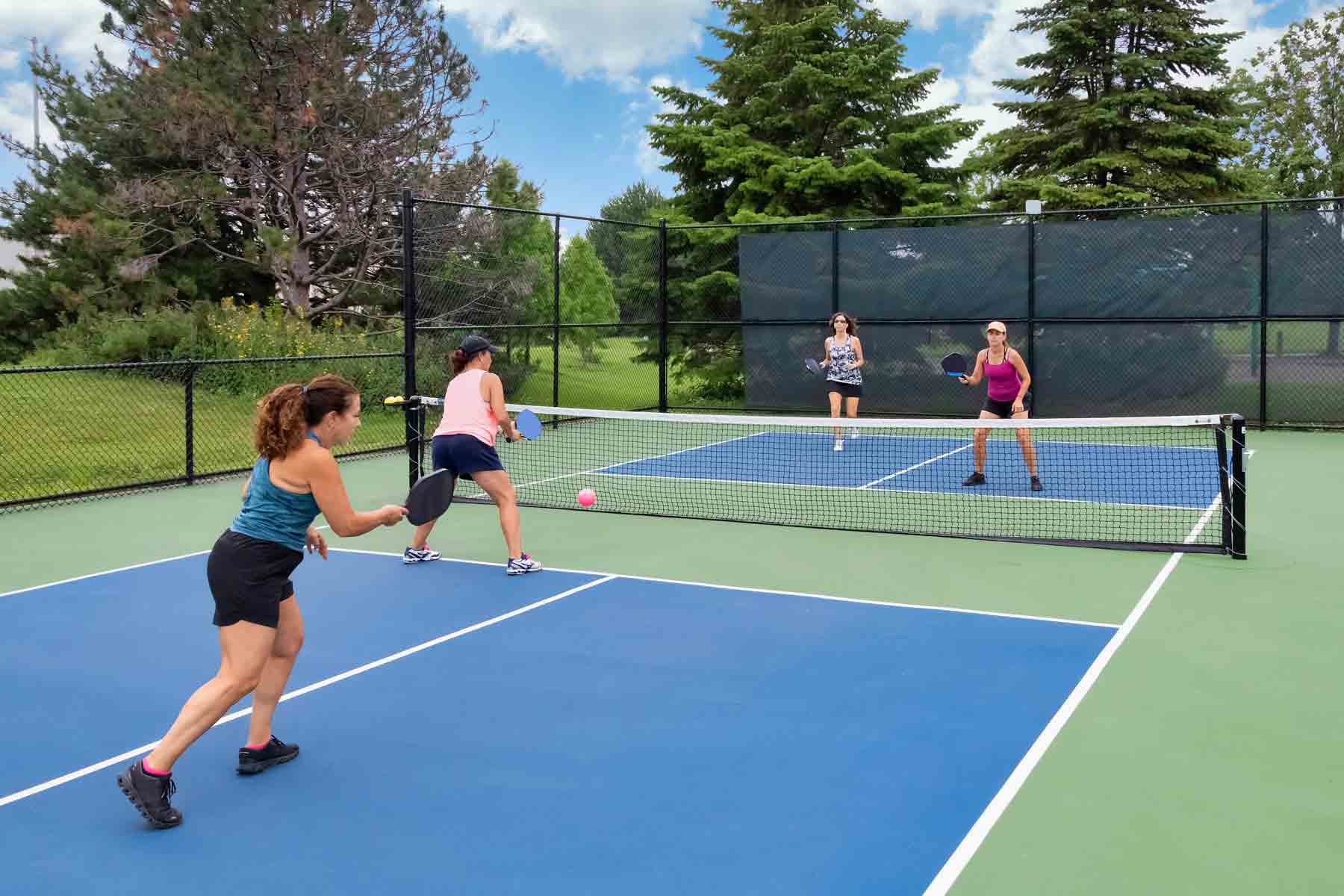
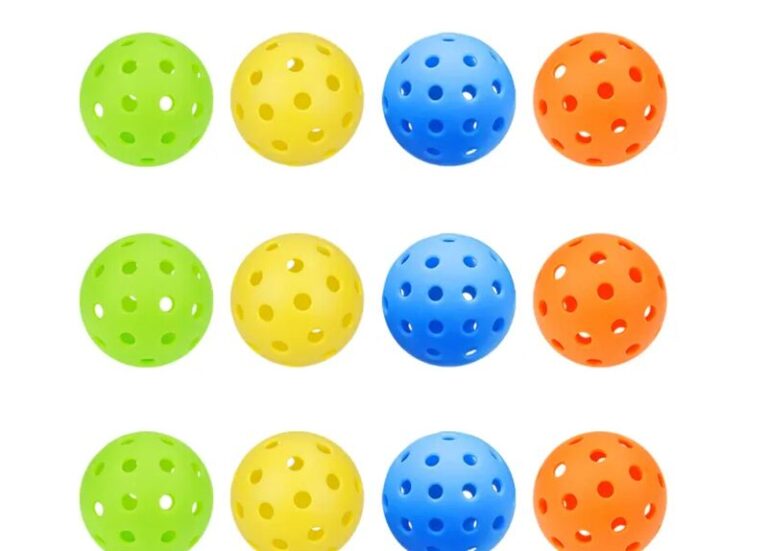
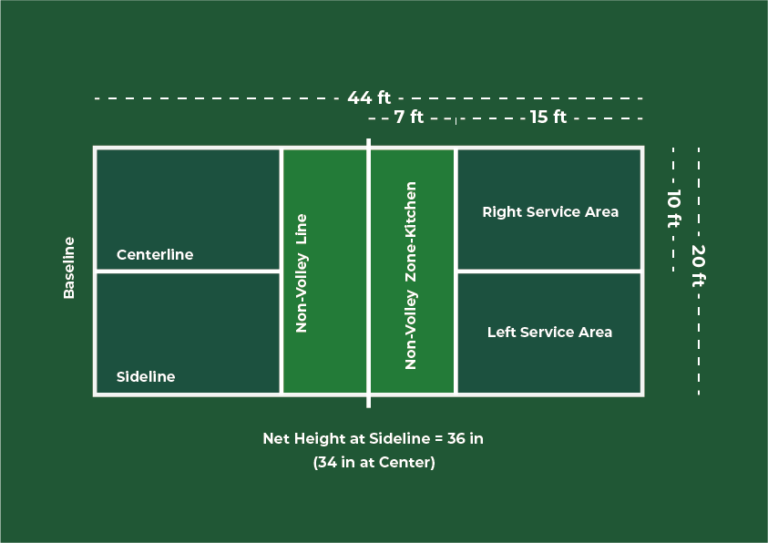

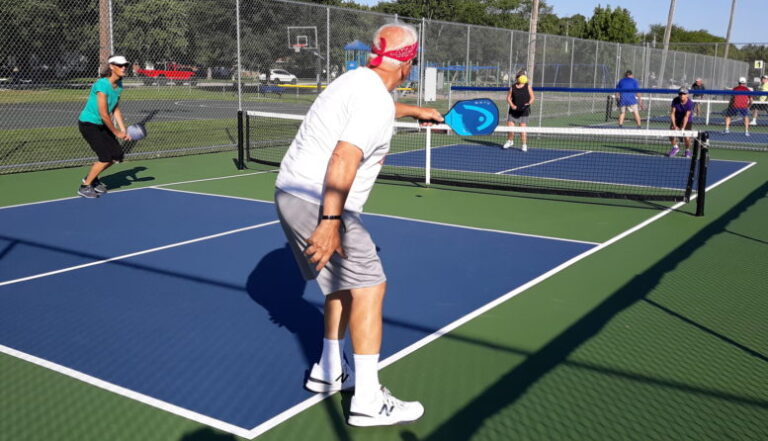
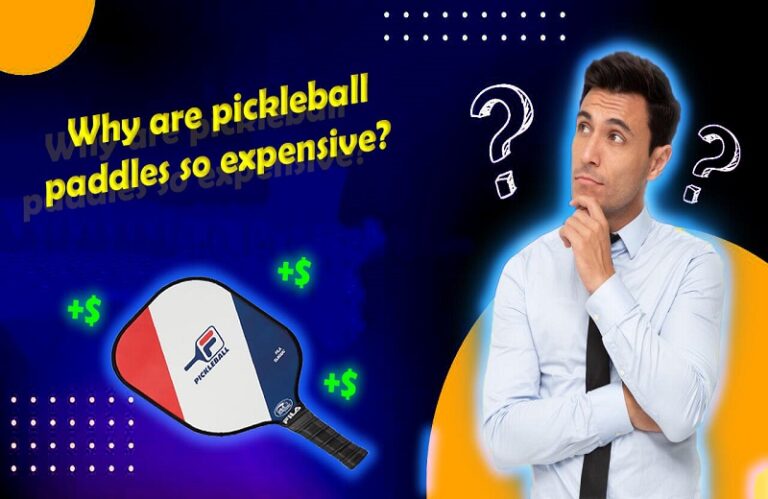

3 Comments
Comments are closed.